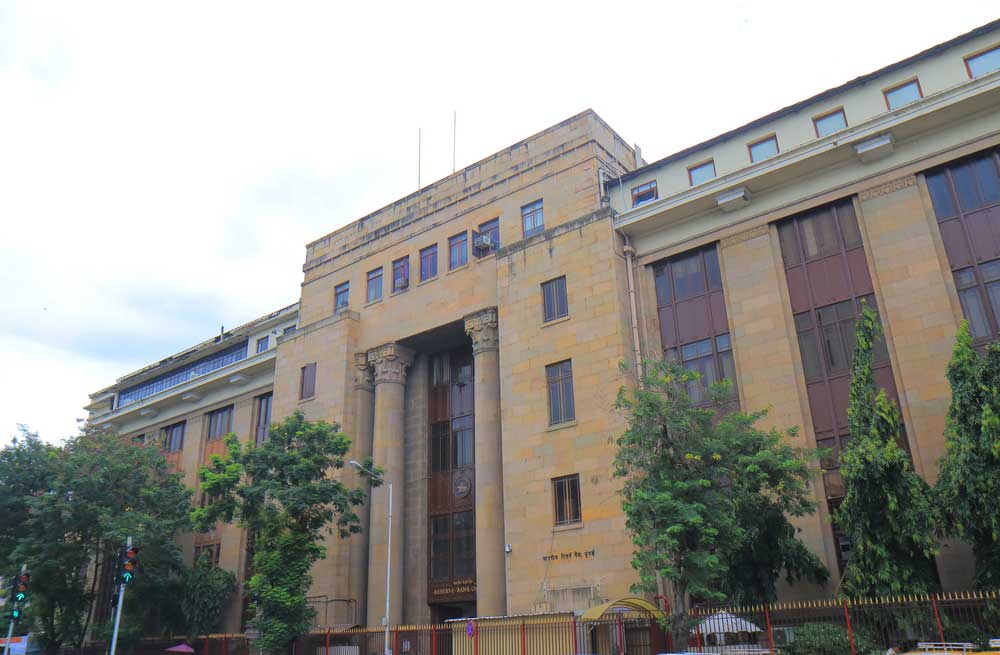Bad loans of banks have jumped four-fold in four years till March 2018 but fell slightly since then after the RBI tightened the screws on wayward state-run lenders which had run up huge bad loans as well as losses, latest data reveal.
Non-performing assets or bad loans of India’s banking sector zoomed to Rs 9.62 lakh crore till March 2018 from Rs 2.51 lakh crore in March 2014 before dipping to Rs 9.46 lakh crore in September-end 2018, according to data placed before Parliament by finance minister Arun Jaitley in reply to a question by former cricketer and BJP MP Kirti Azad.
Top bankers said the RBI’s corrective action had helped to rein in runaway debt and “it remains a bitter medicine which does good”, though the government contends the apex bank is restricting the flow of credit and growth.
The government is engaged in a running battle with the RBI as it seeks to ease the curbs imposed by the RBI on weak banks with high bad loans and poor capital-to-risk-weighted asset ratio.
The RBI had slapped prompt corrective action (PCA) norms on 11 out of 21 state-owned banks. It has set strict lending norms for some banks even as it has directed others to sell non-core assets, reduce expenses and aggressively recover loans.
The government wants the curbs relaxed so that more credit is available to sectors such as small businesses, which could help push the GDP growth and employment in the pre-election months.
“The medicine administered by the RBI is very bitter and in extreme cases where it stops lending actually constricts the chances of banks of increasing its portfolio and thus diluting its NPA ratio … but that said this is the traditional recipe administered by a traditional regulator and it seems to be working,” the director of a Delhi-based nationalised bank, which is under the PCA framework, said.
Rajan action
The RBI during Raghuram Rajan’s tenure as the governor had ordered an asset review, which showed most banks involved in questionable practices such as rolling over loans or giving fresh loans to pay off old ones.
Many bad loans were passed off as stressed assets but not recognized as non performing assets (NPAs).
All schemes to reclassify NPAs or loan rollovers were stopped. State-run banks were subsequently placed under the PCA framework last year and were asked to recover old dues and improve due diligence for loans. In some cases curbs were imposed on lending.
“All these paid off. PSU banks have reported a record recovery of Rs 60,713 crore between April and September-end this year. This is more than double what they recovered in the same period last year,” pointed out Amit Mukherjee, an advisor who works with East Asian funds.
For instance, Allahabad Bank, which had the PCA restrictions imposed on it from January 2018, has shown slight improvement. Its net loss has decreased by 45.6 per cent, while its net NPA has fallen 1.81 per cent.
BITTER PILL
- NPA on March 2014 at Rs 2.5 lakh crore
- On March 2018, NPA zooms to Rs 9.6 lakh crore
- NPA lower at Rs 9.4 lakh crore on September-end
- Analysts say fall on account of tough RBI action










